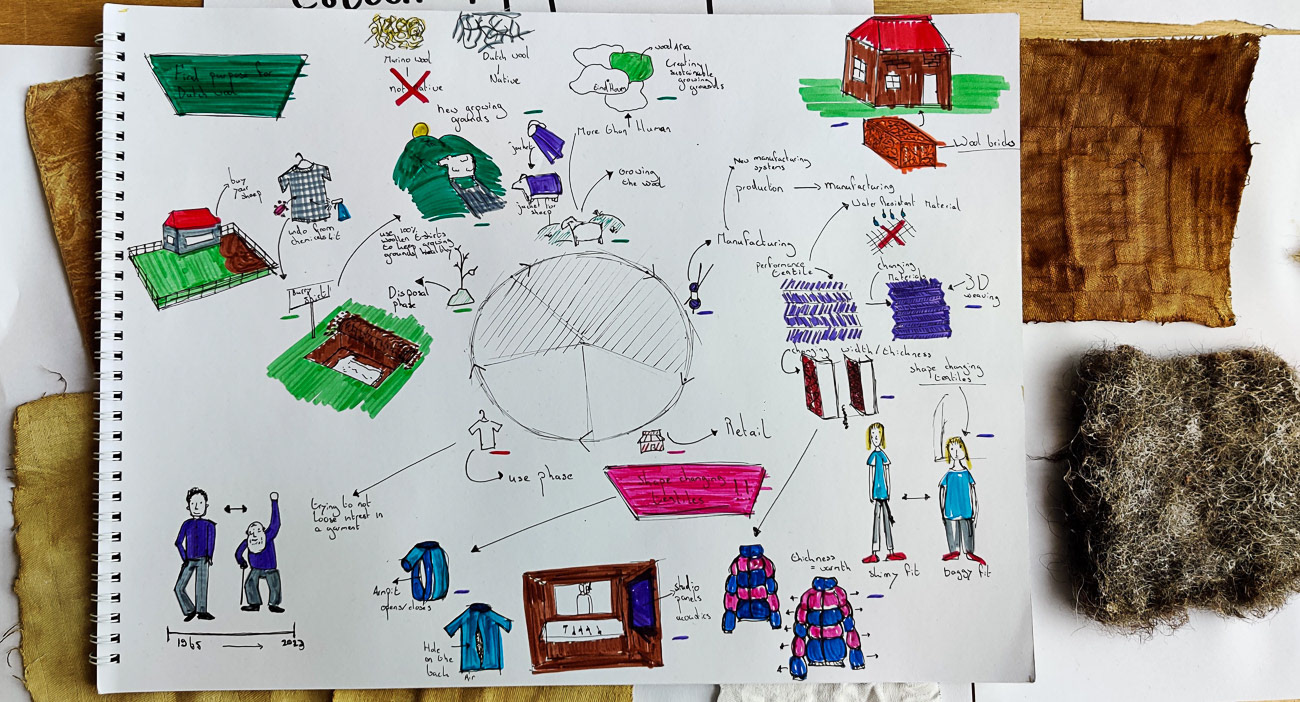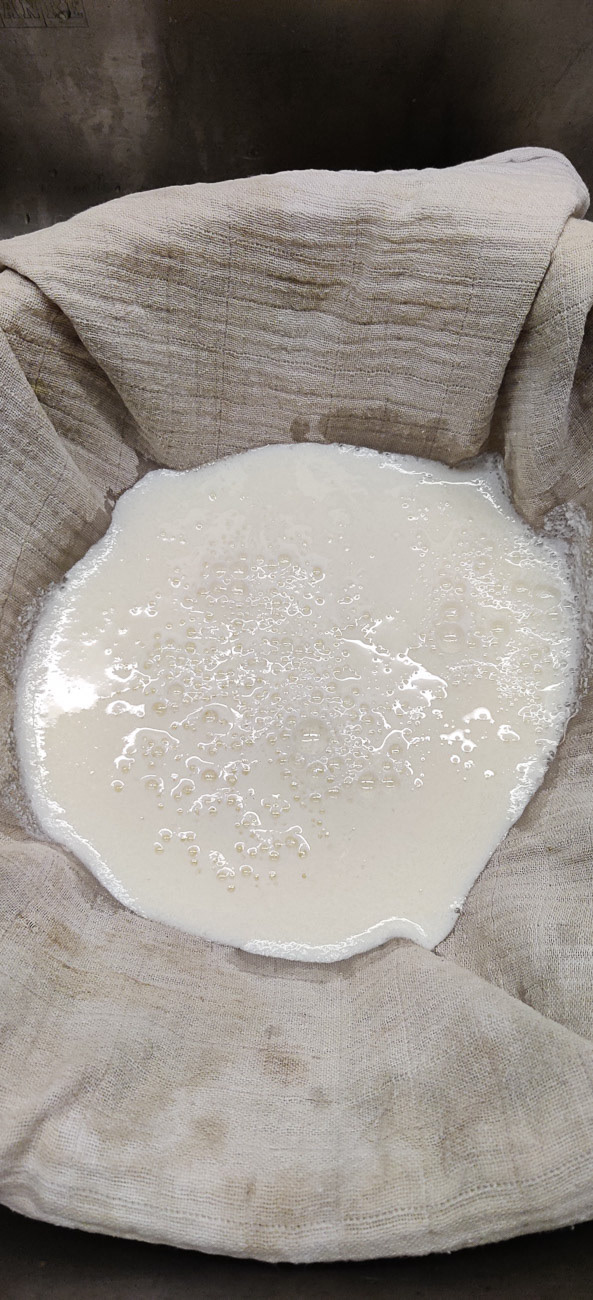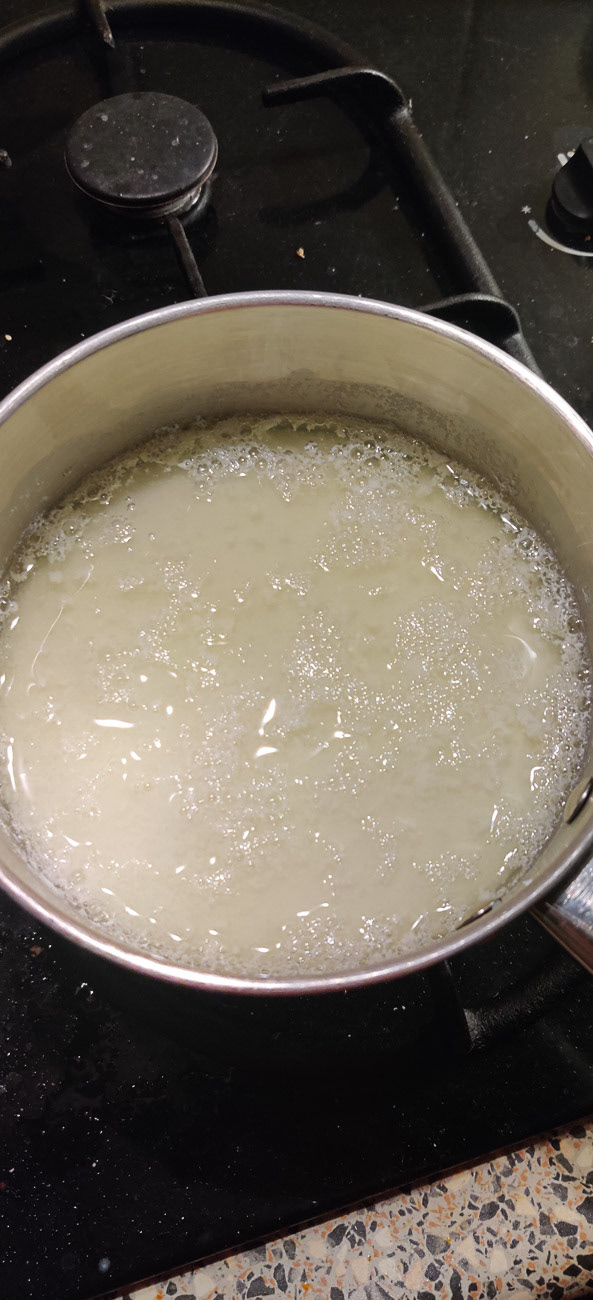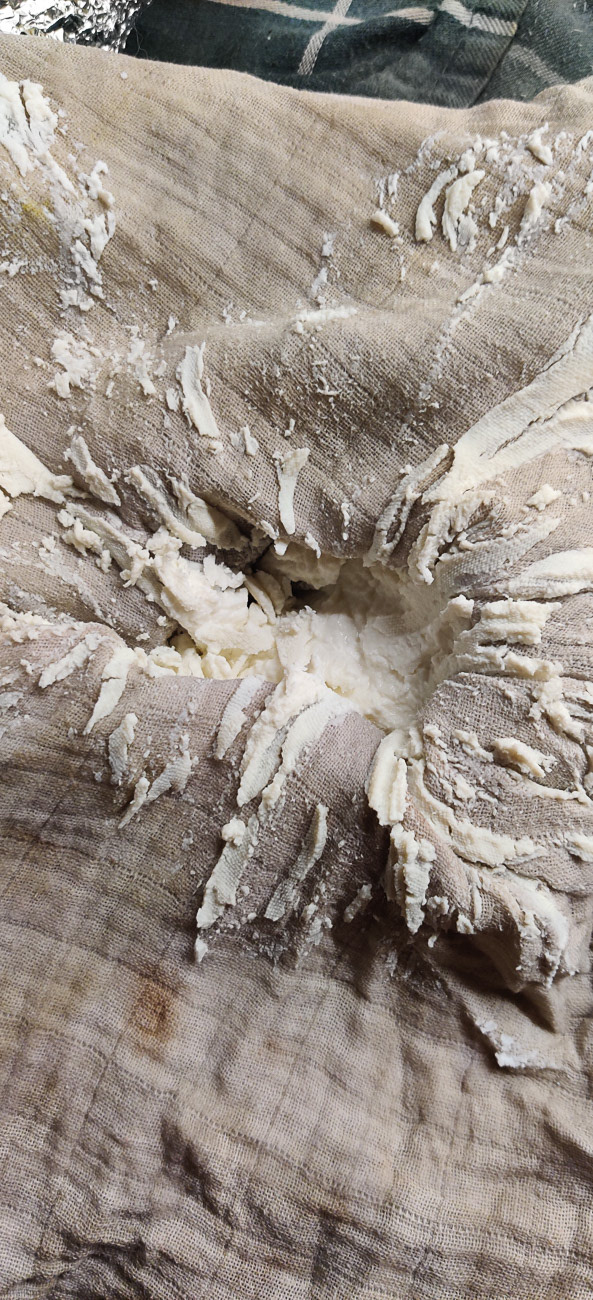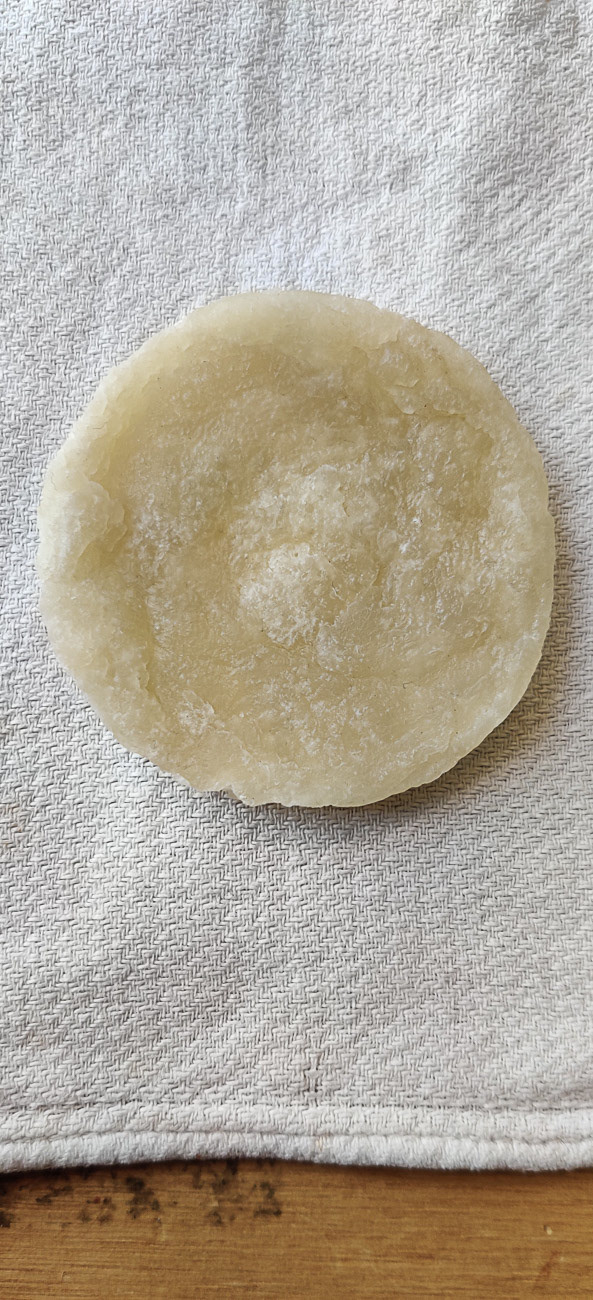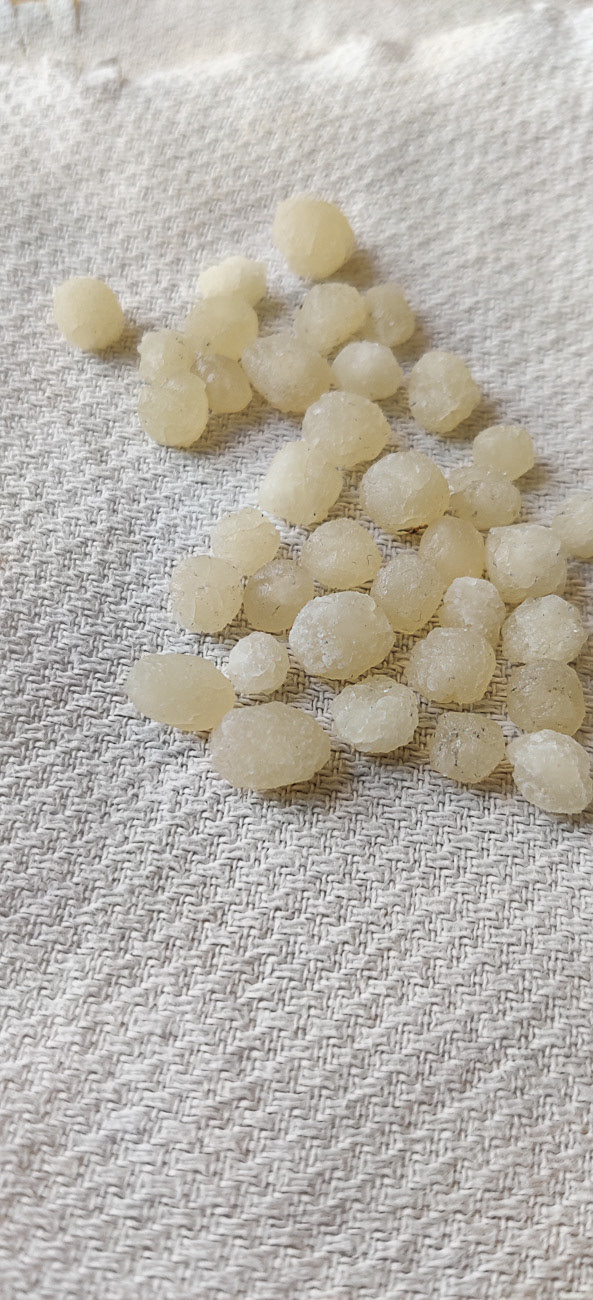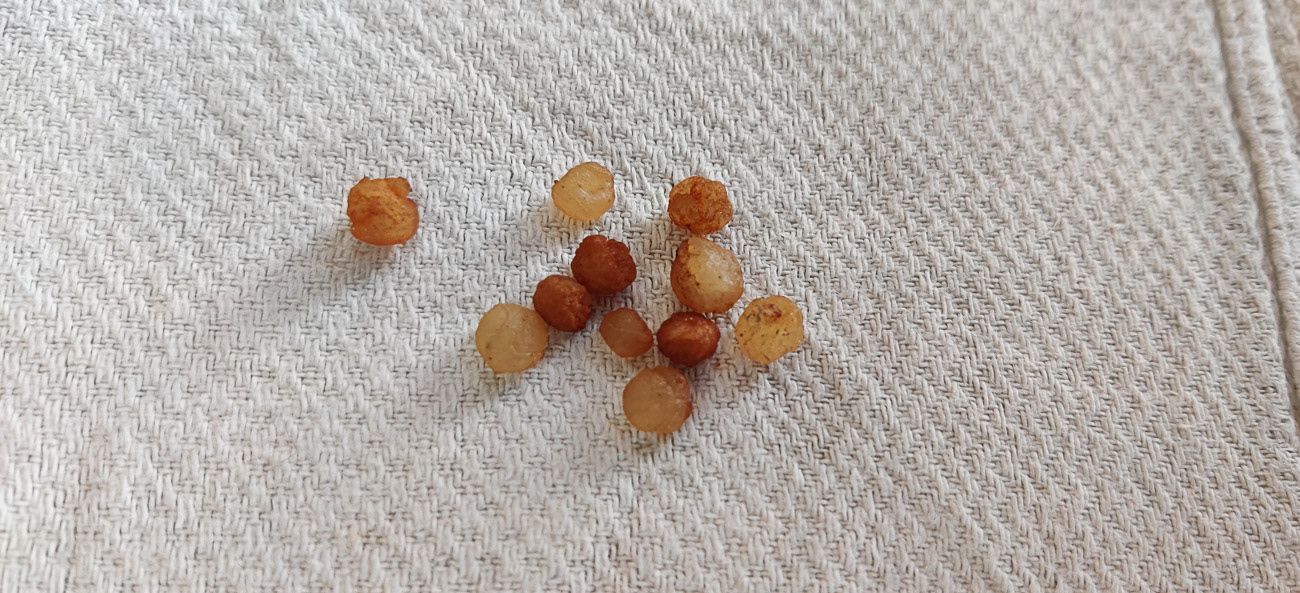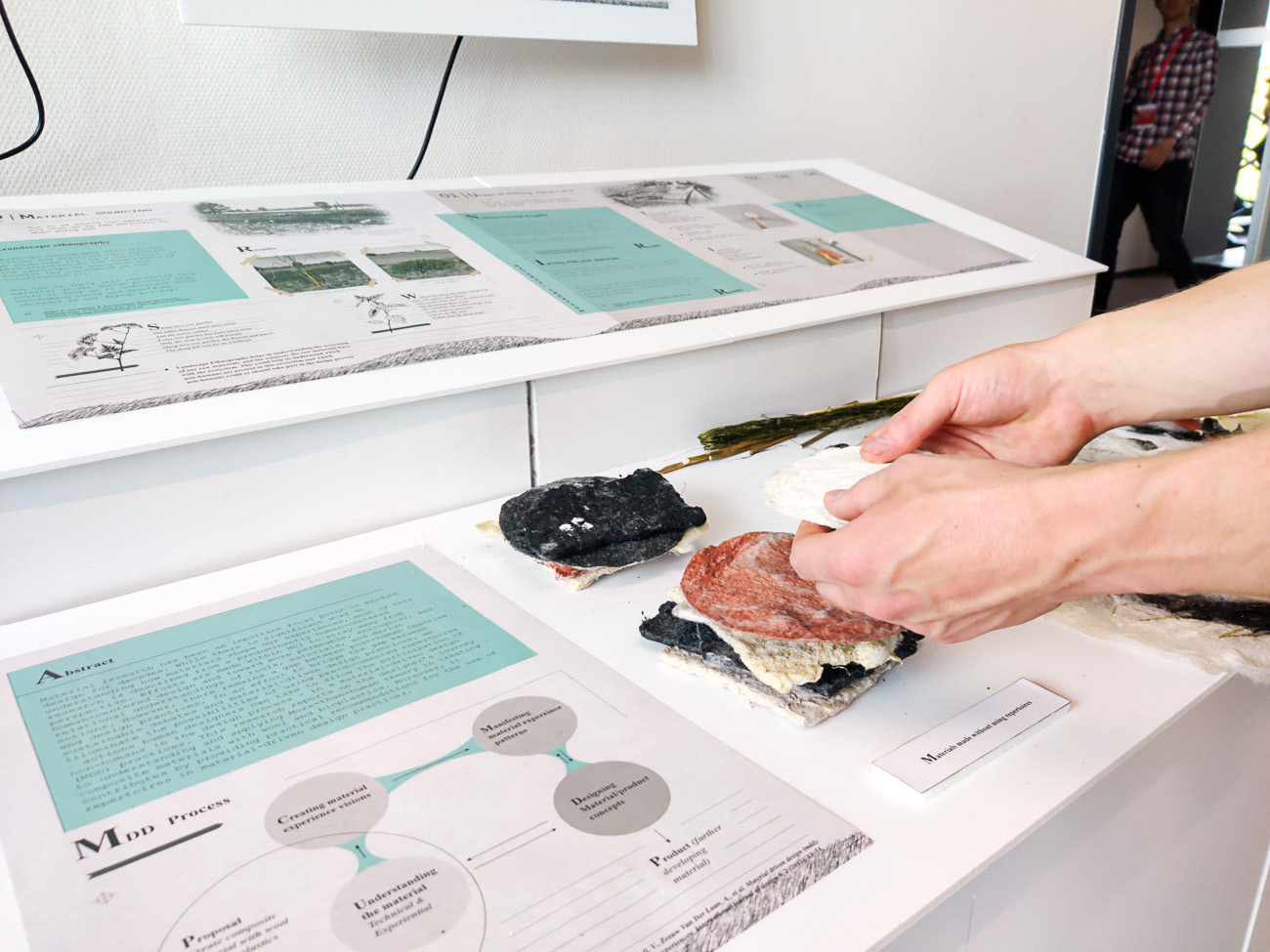
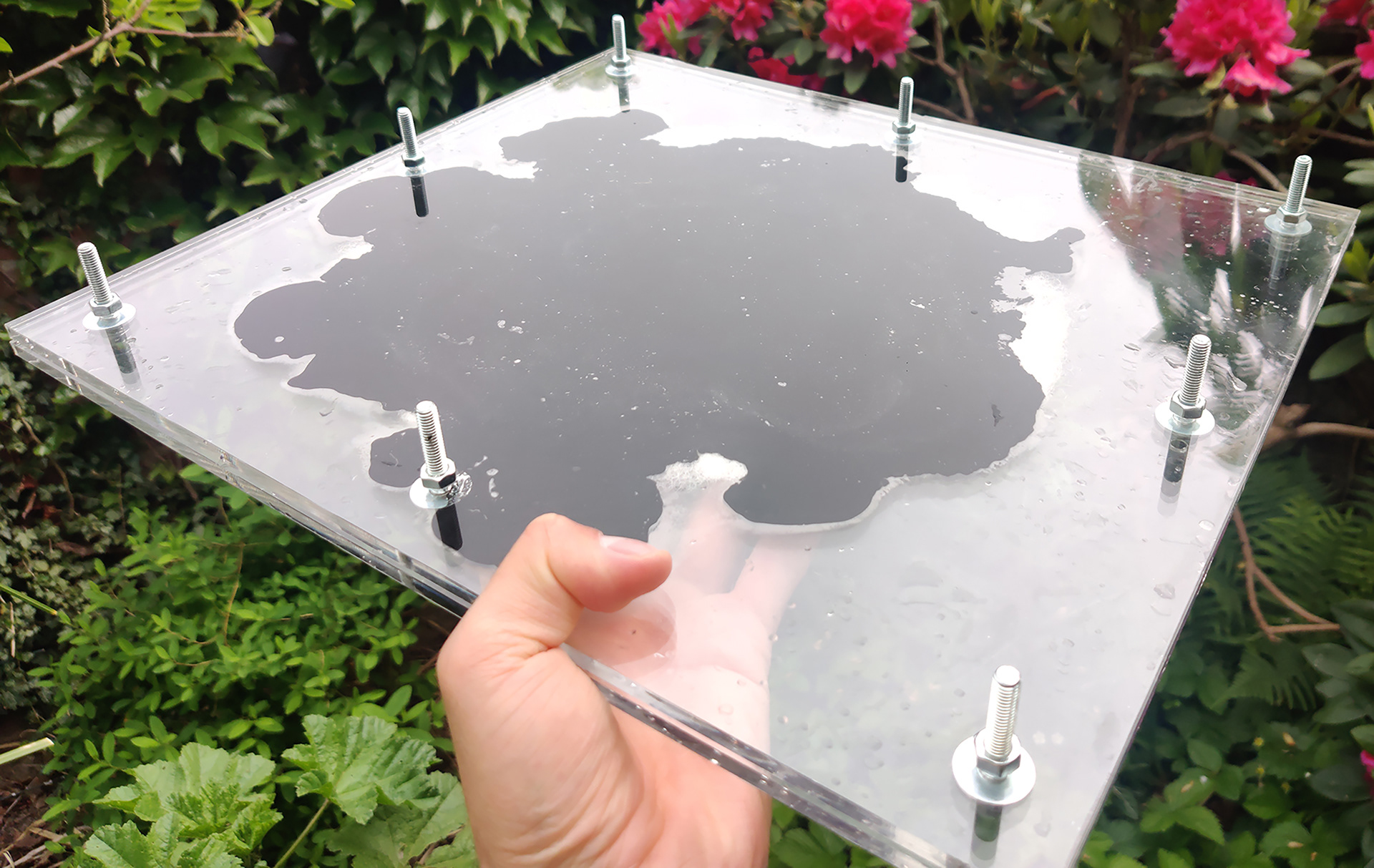
Rather than treating wool as a generic material and universalizing the landscape of origin, the project emphasized the unique and distinctive qualities of the landscape from which the wool originated; the dikes along the Maas between Lith and Ravestijn. The landscape ethnography study gained insight into the intricate relationship between the sheep and their specific environment. This in-depth understanding sheds light on the relationships that should be included in the design process and how design decisions could impact these relationships.
Without the sheep, the nettles will prevail? They will repress other plants? And, creates bald spots on the dikes in winter? The sheep keep them at bay. Yet, sometimes the nettles will get away. Is this when we intervene? Can we use this now? Is that what the sheep mean?

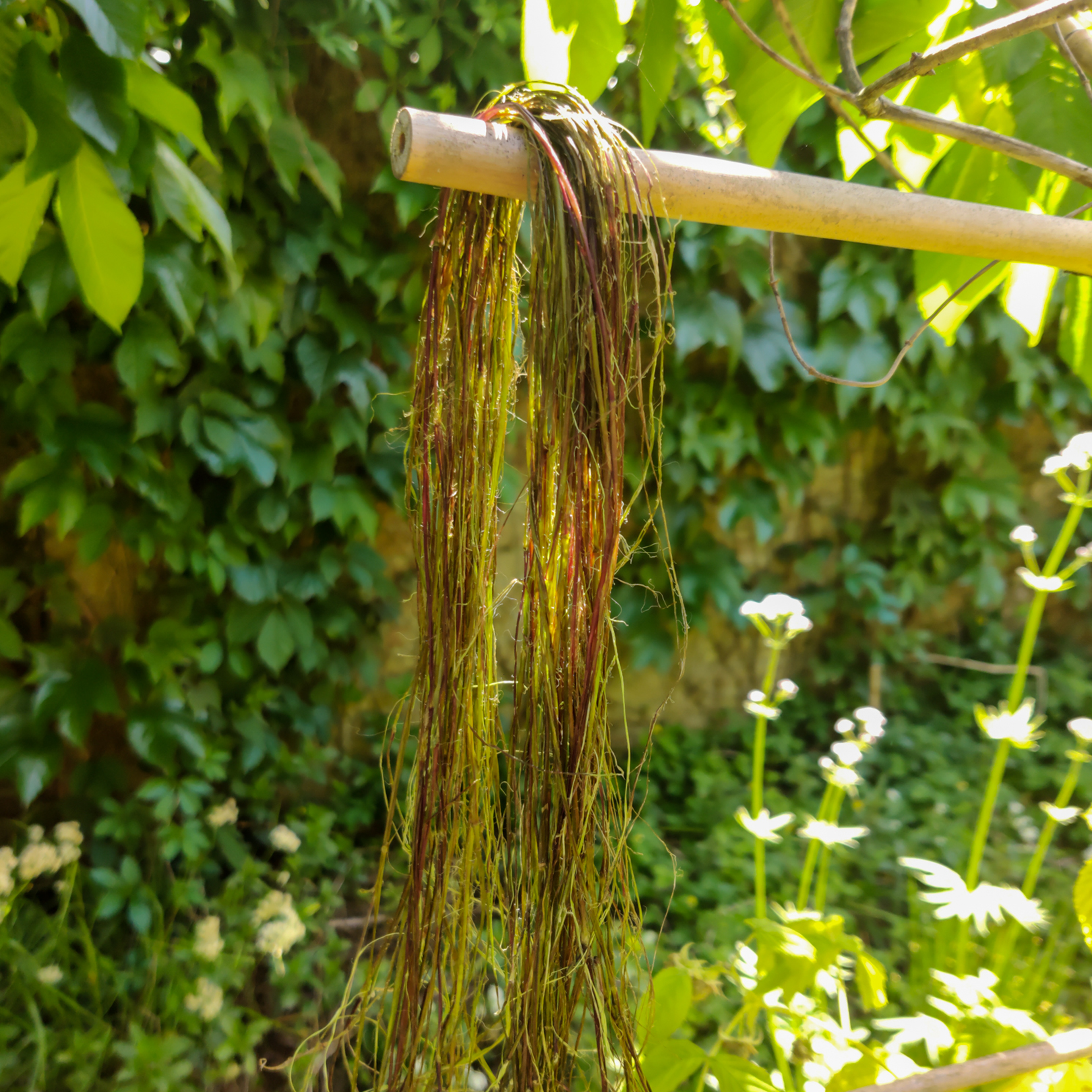
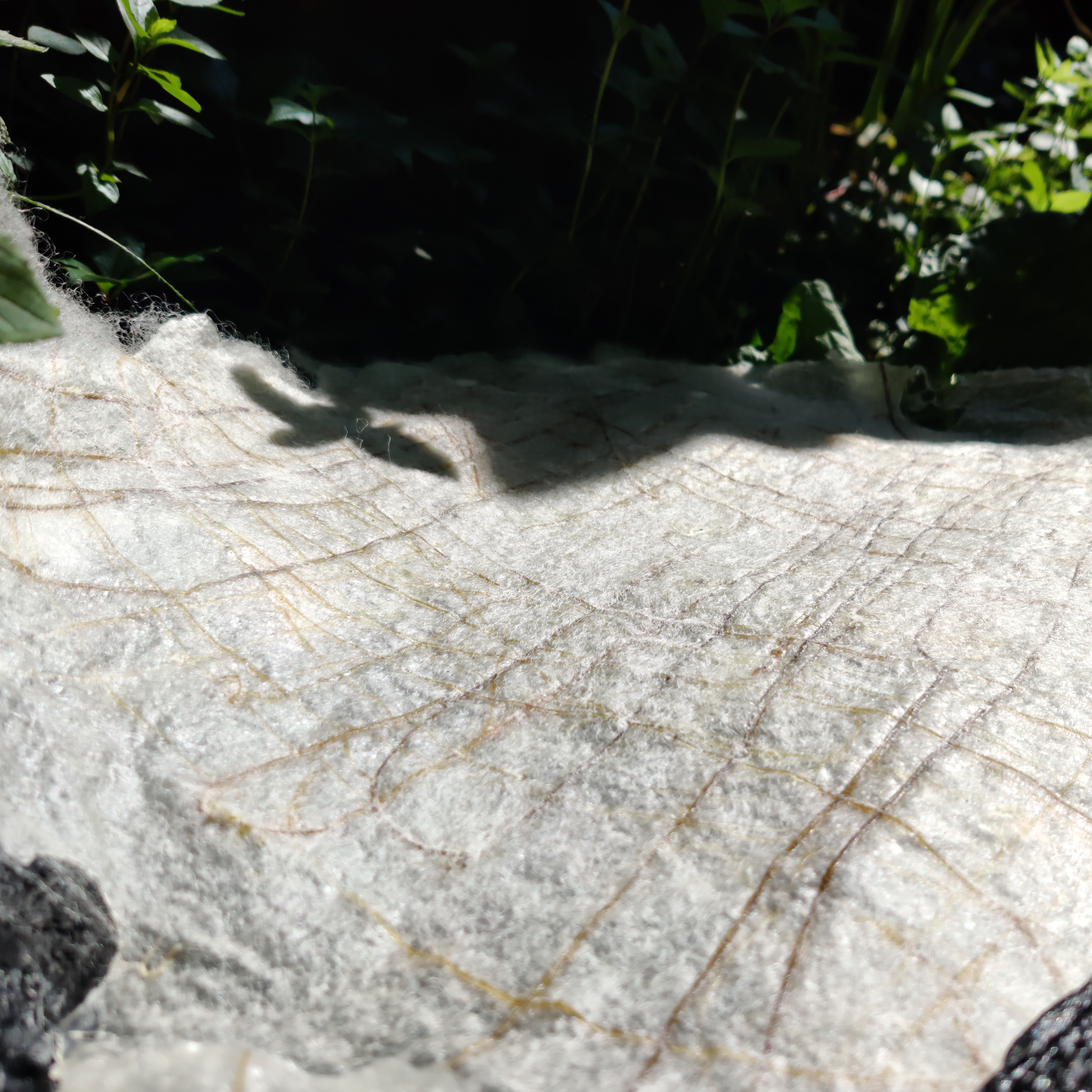
And all of a sudden, the ferocity was shown. A cow parsley, still, exposed, and completely naked. It struck me and reminded me of a forest, burned and incinerated. As if the plant was at its final rest. Could the sheep have ever known? While I was standing there, I questioned one thing. Will this relic remain? Will it remain until the remnants are taken down by a biological process? Or, will it stay until the dikes are mown, the offcuts collected, and composted at a human address? Far from where it was grown. A cow parsley, still, exposed, and completely naked. Is this going to be your final dress? Maybe I can give you a second life? I can promise you I will bring you back.

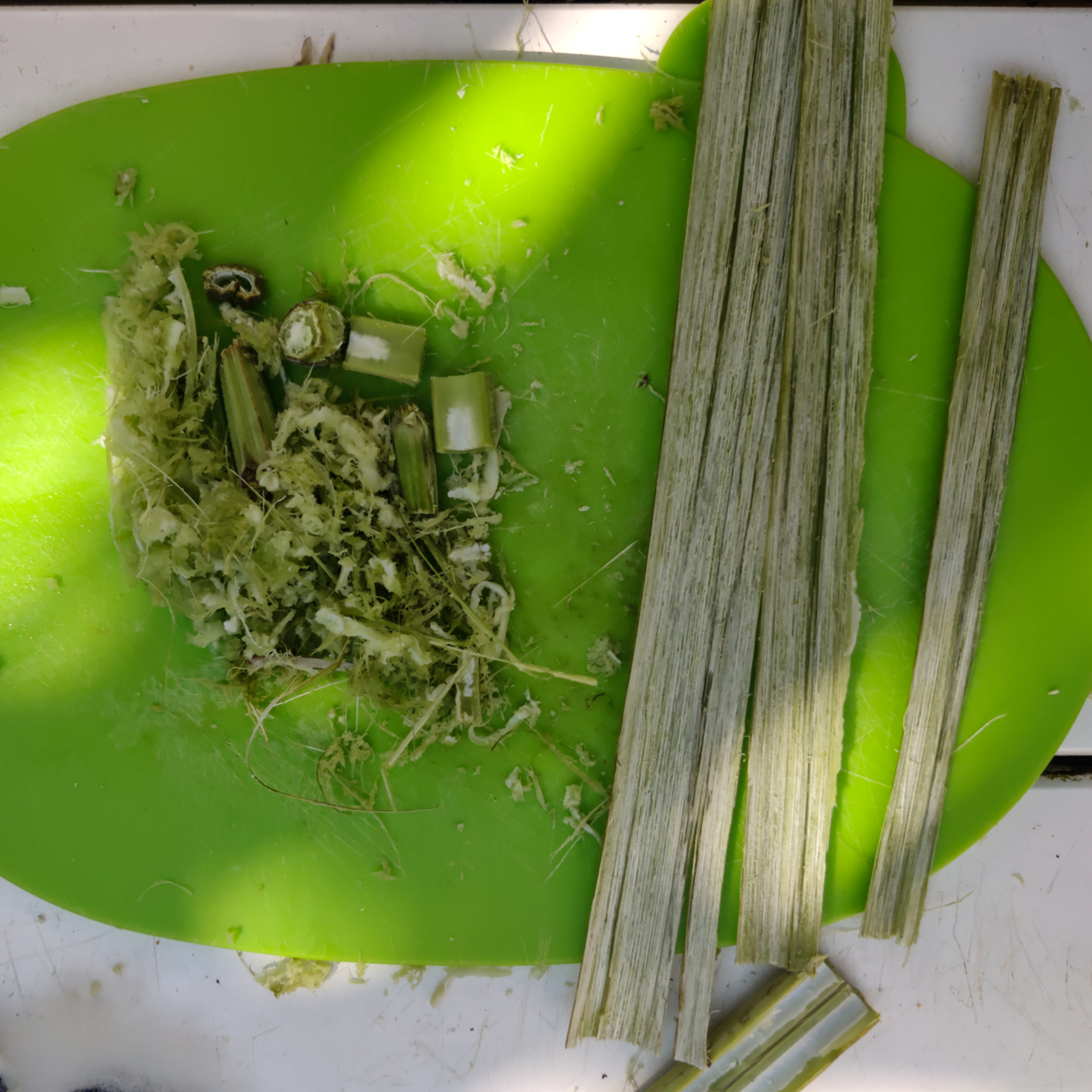

Throughout the project, I learned that defining a sample as 'failed' or labelling elements as problematic is viewing the material process from a predominantly human-centred perspective. From a more-than-human perspective, these failed and problematic elements are merely occurrences that could, and perhaps, should be explored further.
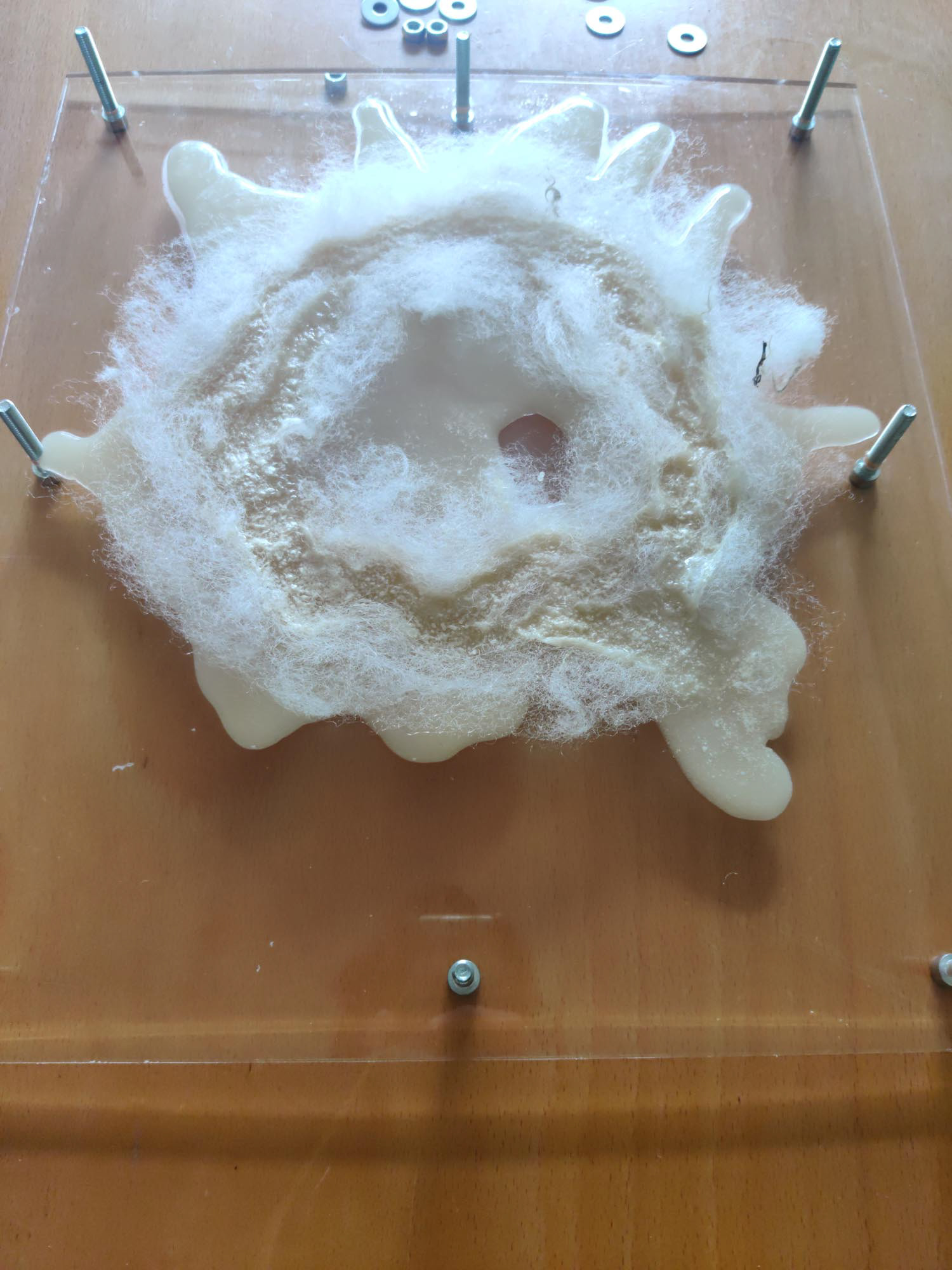
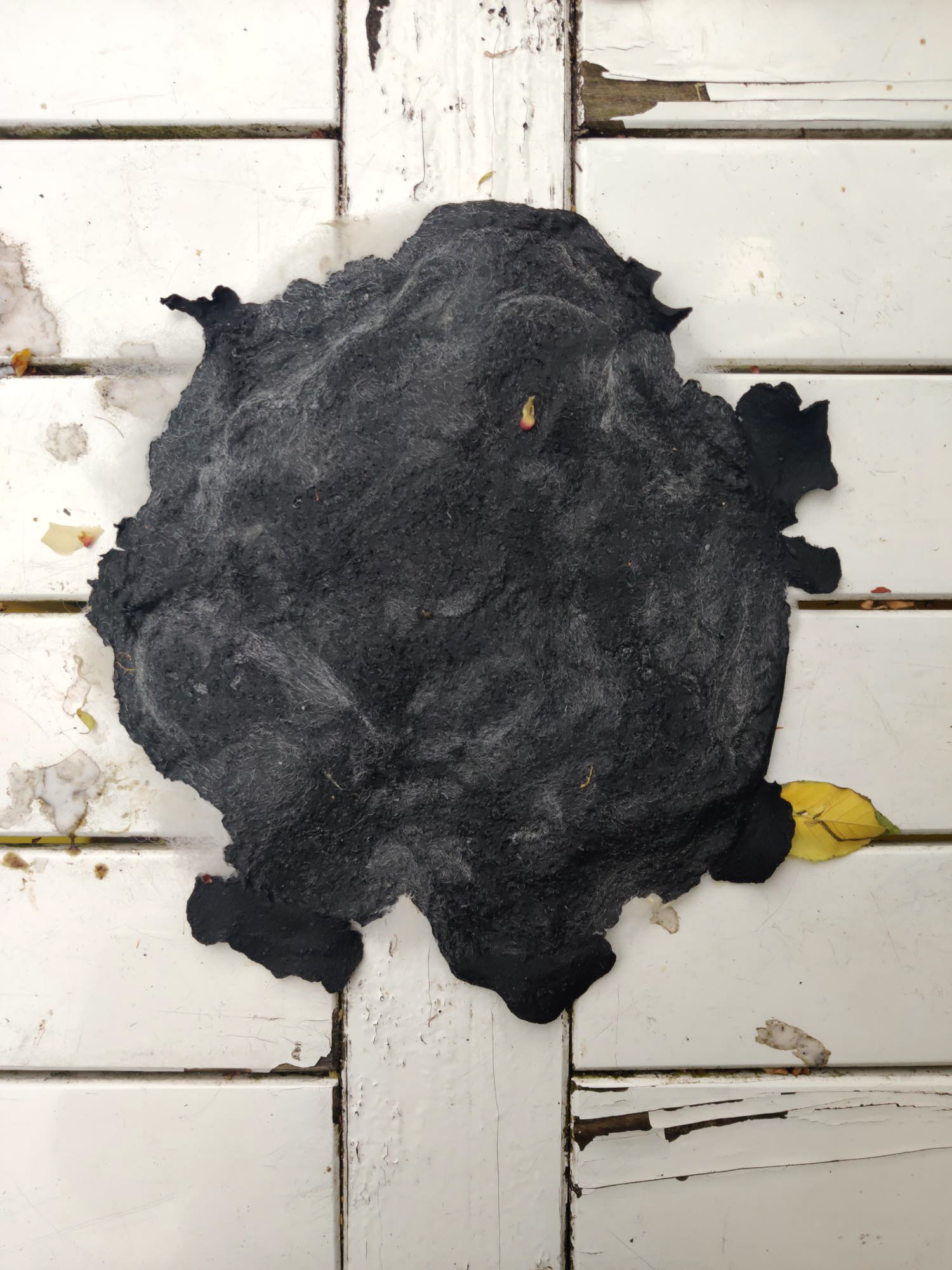





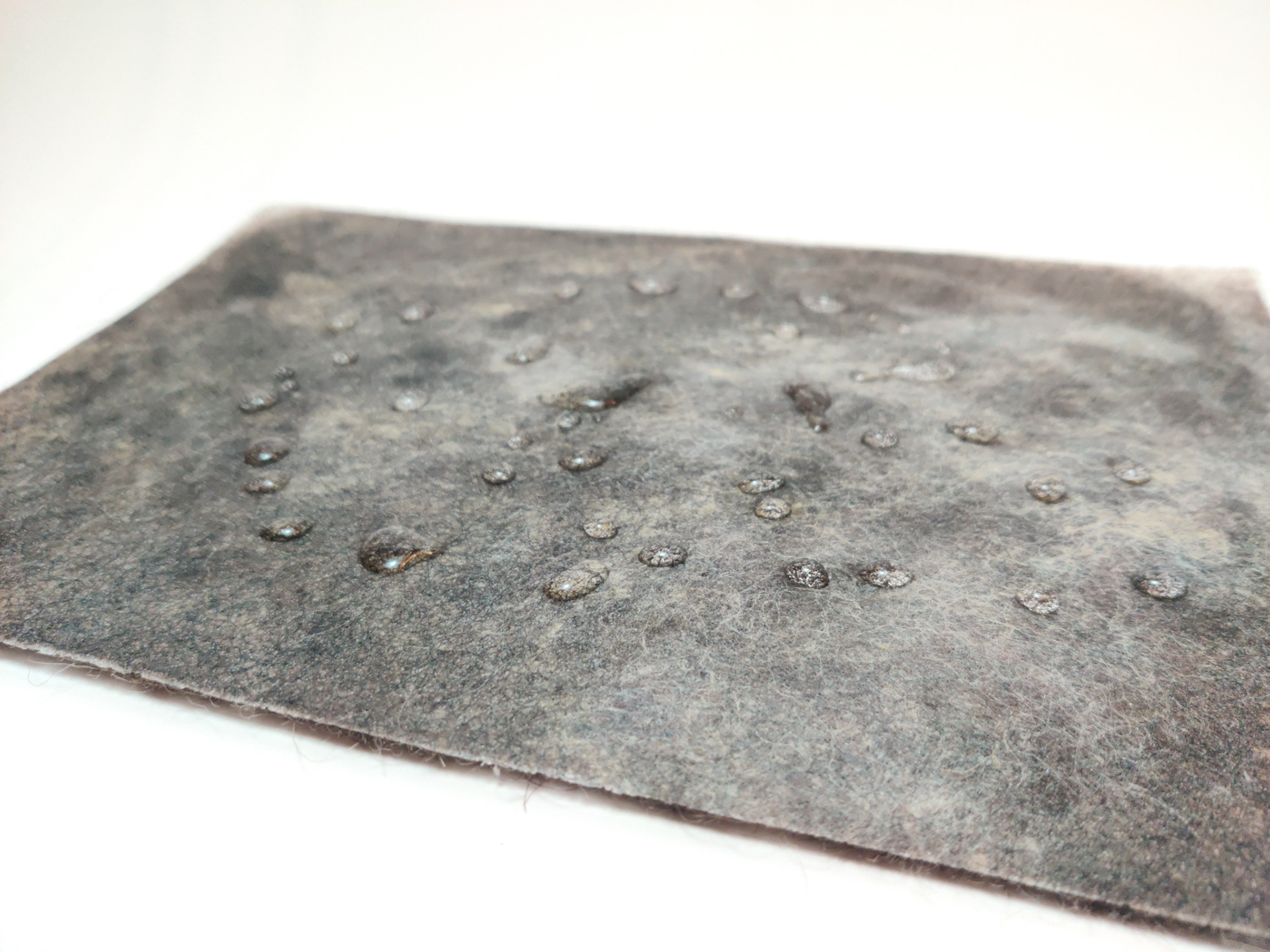

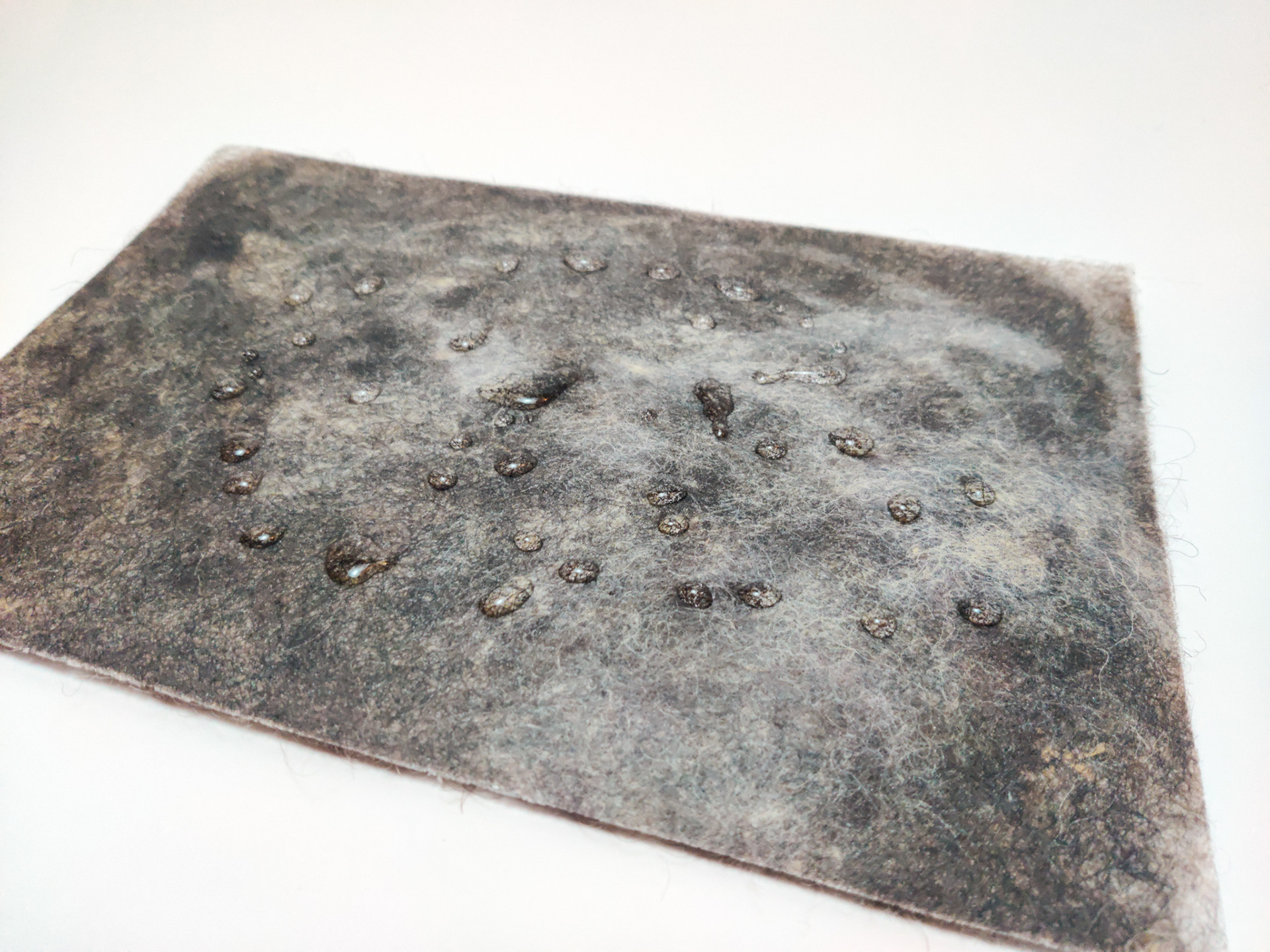
Summary of literature study. Visualization of what I learned about the transformation economy. This is where I learned about regenerative business. Regenerative business systems were explored in my M2.1 project.
based on an expert interview and the literature study on the transformation economy, I visualized the production process, stakeholder network, and value creation of Campine wool in Roermond.
